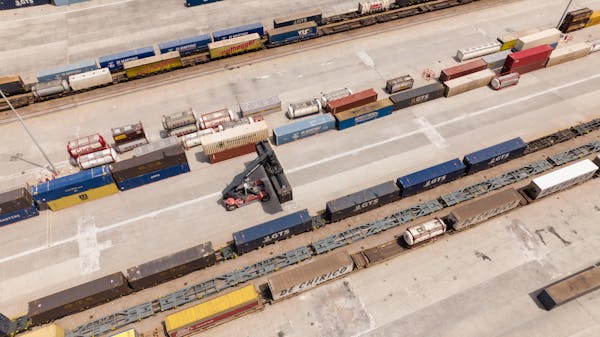Shipping Beverages from Guangzhou/Shenzhen to Stockholm Port, Sweden: 20FT/40FT Full Container and LCL Options
When shipping beverages from China (Guangzhou or Shenzhen) to Stockholm Port, Sweden, businesses have several options depending on their shipping needs. These include full container load (FCL) shipments and less than container load (LCL) shipments, both of which are commonly used for maritime transport.
Shipping Options:
Full Container Load (FCL):
- 20FT/40FT Containers: A full container load (FCL) is ideal for larger shipments, where the cargo occupies the entire container. For beverages, this means efficient use of space and protection during transit. You can choose between a 20-foot container (20FT) or a 40-foot container (40FT) depending on the volume of your goods.
- CIF (Cost, Insurance, Freight): Shipping under CIF terms means the seller is responsible for the cost of the goods, insurance, and freight until they reach Stockholm Port. This ensures the buyer is covered for any potential damage or loss during transit.
Less Than Container Load (LCL):
- For smaller shipments that do not fill an entire container, businesses can opt for LCL shipping. This allows multiple shippers to share container space, making it a cost-effective option for smaller quantities. LCL shipments will be consolidated at the origin port and deconsolidated at the destination port.
- Transit Time: The sea freight transit time from Guangzhou/Shenzhen to Stockholm Port is typically around 38 days, depending on the shipping route and any delays during the journey.

Packaging of Beverages:
The proper packaging of beverages is critical to ensure that they arrive in good condition and meet safety standards. Here’s how beverages are typically packed for sea transport:
Sealed Bottles or Cans: Beverages, whether they are in bottles or cans, must be securely sealed to prevent any spillage or contamination during transit. Each item should be individually wrapped or packed in protective materials such as bubble wrap or shrink film to ensure they are protected from impact.
Corrugated Cardboard Boxes: For easier handling, beverages are generally packed into corrugated cardboard boxes. The boxes should be designed to handle the weight and pressure from stacking, especially in the case of LCL shipments where multiple items will be consolidated together.
Palletizing: For both FCL and LCL shipments, goods are often loaded onto pallets for easier handling and to avoid damage during loading and unloading. Palletizing also maximizes space and provides a more organized and secure load inside the container. For beverages, shrink-wrapping or strapping the boxes together on the pallets can further protect the cargo.
Temperature Control (if necessary): If the beverages require specific temperature conditions (e.g., cold storage for certain beverages), refrigerated containers (also known as reefers) can be used. These containers maintain the required temperature throughout the journey, ensuring that the products arrive fresh.



